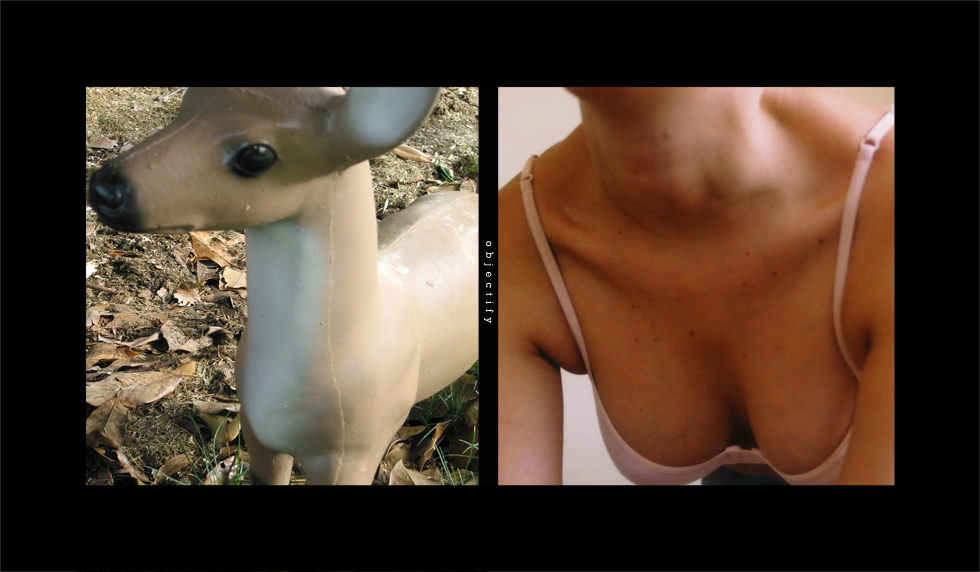

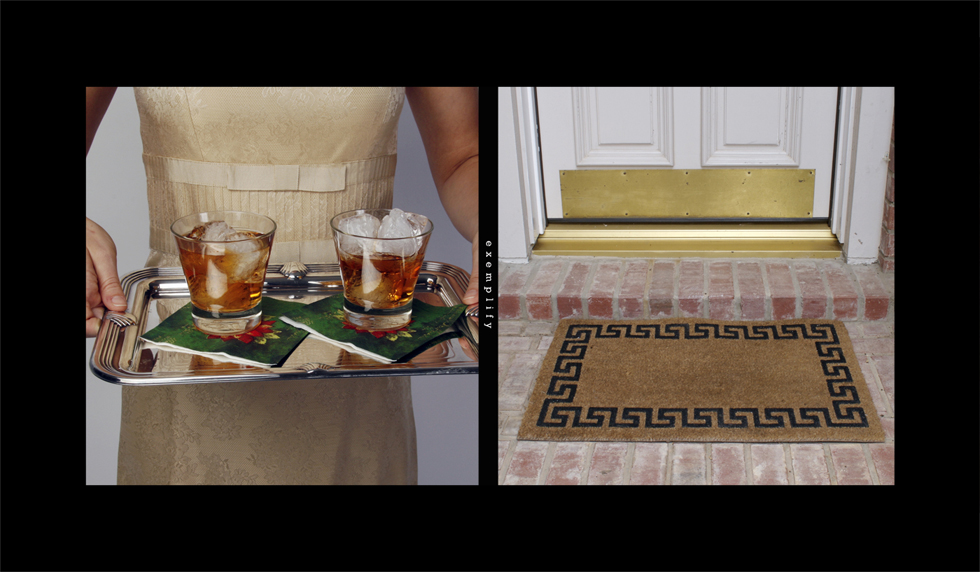
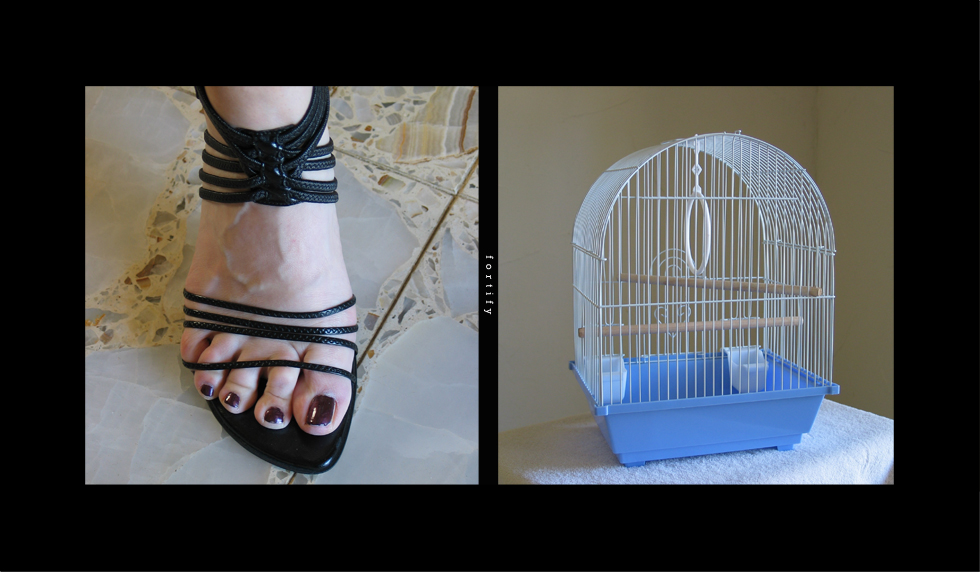
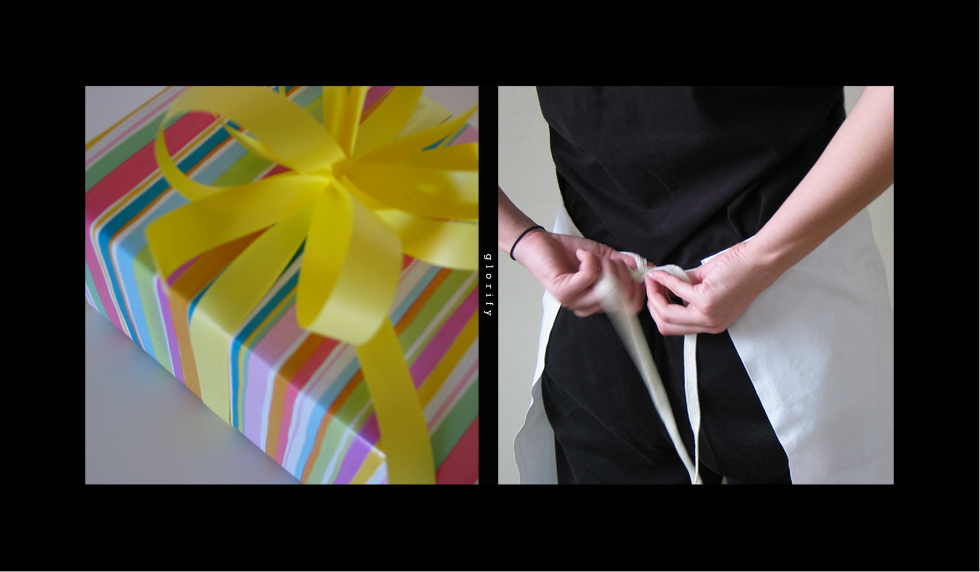

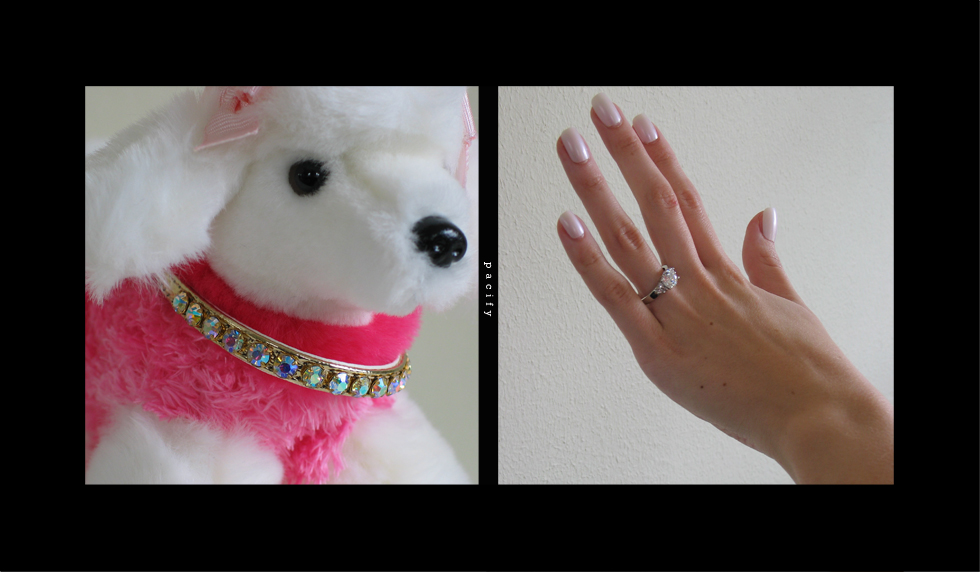
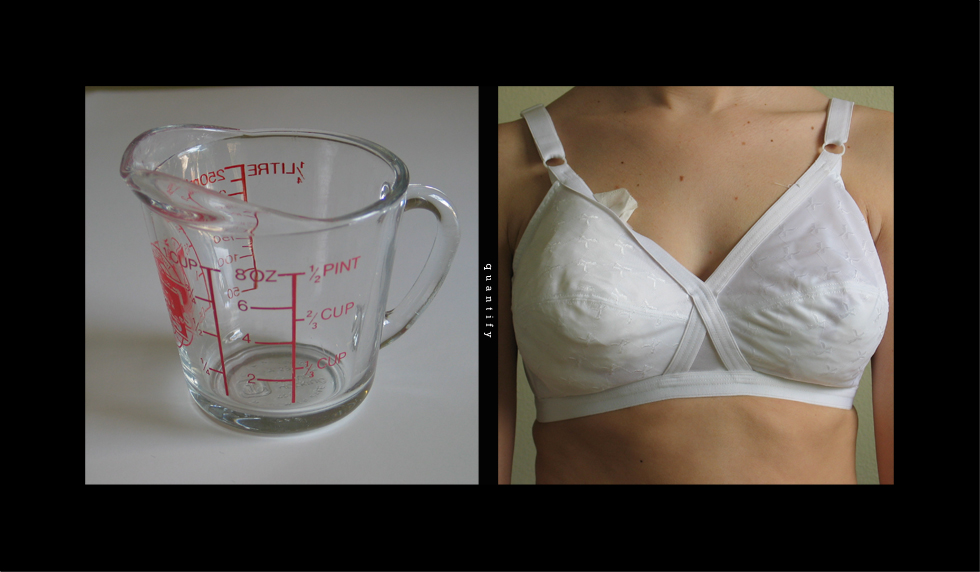
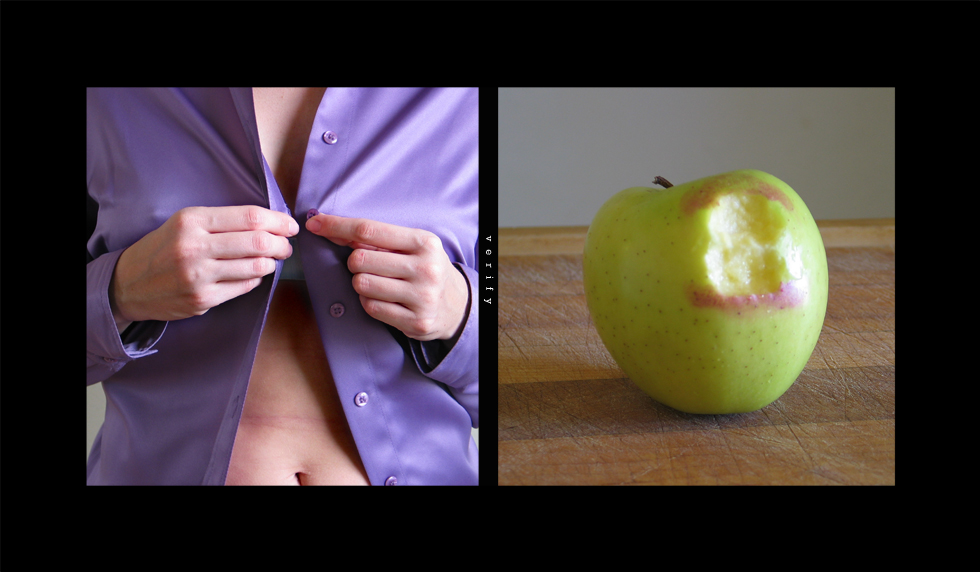

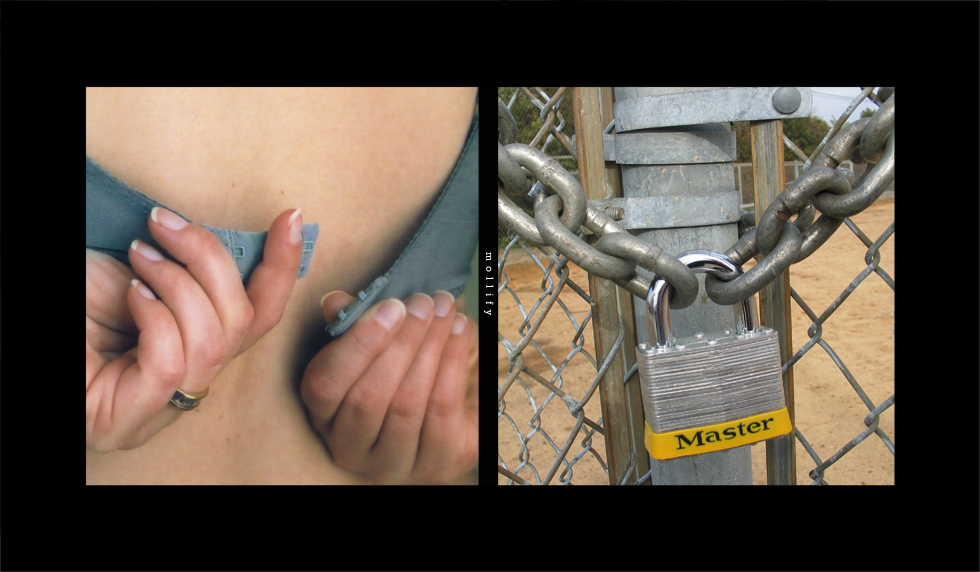
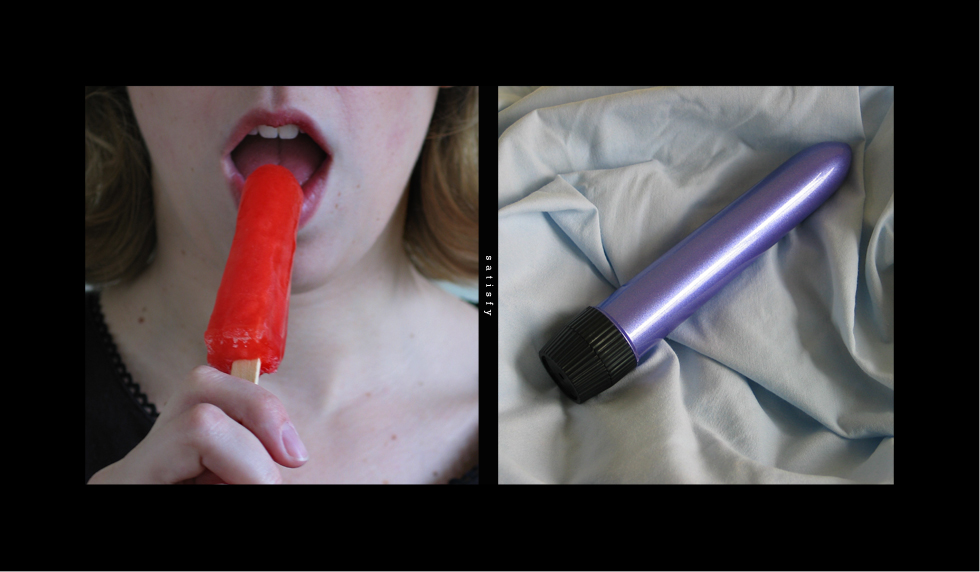
objectify
This series uses the female body paired with objects to satirize advertised ideas about women, and defines a personal reaction to media manipulation, and to ideas of restraint and emancipation. At first glance, images seem curiously combined as the viewer seeks a connection. The poses of the female body are familiar from advertising, but it is the combination of the female form with object that changes the meaning of both and creates a curiously familiar, sardonic, and simultaneously disturbing connection. In addition to the visual comparison of imagery, a word with the –fy suffix, floats within a divisional black line, and complicates the composition’s inferred meaning. The word slowly emerges, similar to the surreptitious nature of advertised messages, and surprises the viewer by adding a verbal dimension to the visual. All three parts of the composition join in a new concept formed from both contrasts and similarities and mirrors the visual language used in advertising.
While this series creates a sense of discovery and humor, nagging feelings about the familiarity of each connection linger. The pervasive nature of the visual and verbal connections echoes the nature of advertised imagery in our culture where female viewers are persuaded that something is wrong with them and can be fixed or remedied by the purchase of a product. In addition, media images of women have themselves become symbols of standards defining what is expected and accepted as “the norm” when in reality, the images have been transformed through digital technology and perfected to advertising’s ideals. Culturally, images of women may have changed – styles and colors updated – but the poses and idealization remain the same.
